This beautiful ring was removed from Elizabeth I’s finger after her death on March 24th 1603.
The Elizabethan ring is mother-of-pearl, the band is set with rubies and the ‘E’ contains six diamonds set over a blue enamel ‘R’. A stunning pearl is also clearly visible.
What makes this ring so unique is that its stunning façade hides a secret – the head of the ring is hinged and within it lie two miniature enamel portraits, one of Elizabeth c. 1575 and one of an unnamed woman. The woman wears a French hood and costume of Henry VIII’s reign.
The ring itself is only 17.5 millimetres across and so the portraits are minute. Even so, the unnamed woman bears a strong resemblance to the sitter in the Hever and National Portrait Gallery paintings of Anne Boleyn.
There is no doubt in my mind, who else would Elizabeth honour in this manner? The portrait is that of her mother Anne Boleyn, who was so callously ripped from her life when she was just two years old.
Although there are no recorded instances of Elizabeth I speaking of Anne publicly, I am sure that she often thought of her privately. I like to think that she drew strength from her mother’s courage and determination and treasured her memory.
408 years after Elizabeth’s death, mother and daughter are still together.
The ring was previously in the possession of the Home family, ‘having been given from the English royal treasures by James I to the then Lord Home’ (Ives, Pg. 42).
Today the ring is often referred to as the ‘Chequers ring’ as it belongs to the Trustees of Chequers, the prime minister’s country residence.
In 2008 the ring was displayed publicly as part of a special display at Compton Verney.
Kathleen Soriano, head of exhibitions at Compton Verney, said of the Elizabeth I pearl and ruby locket ring, “It’s a very moving piece because it’s so delicate and small and really evokes the sense of the story. It’s a very powerful object.”
I hope to be able to see it for myself one day.
References Ives, E. The Life and Death of Anne Boleyn, 2004.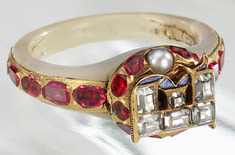
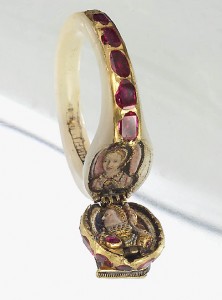



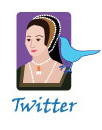




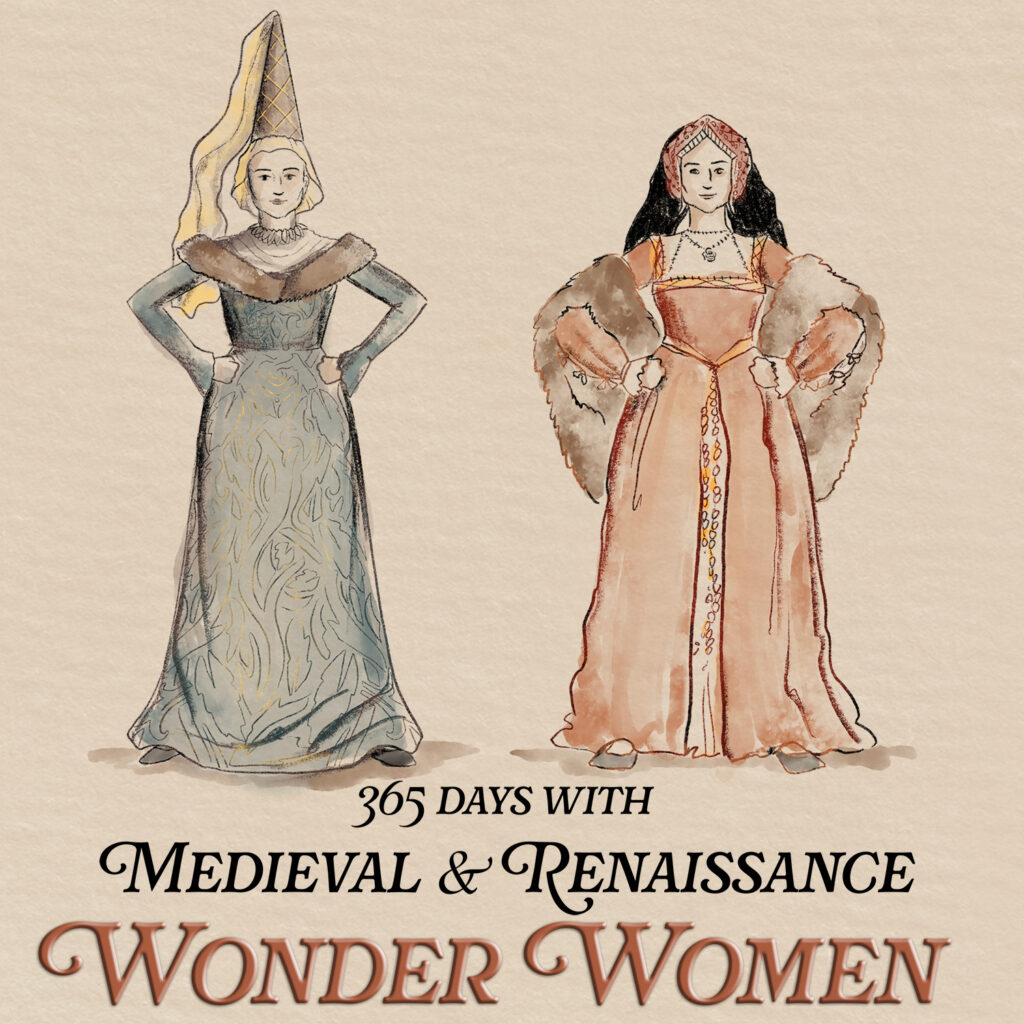
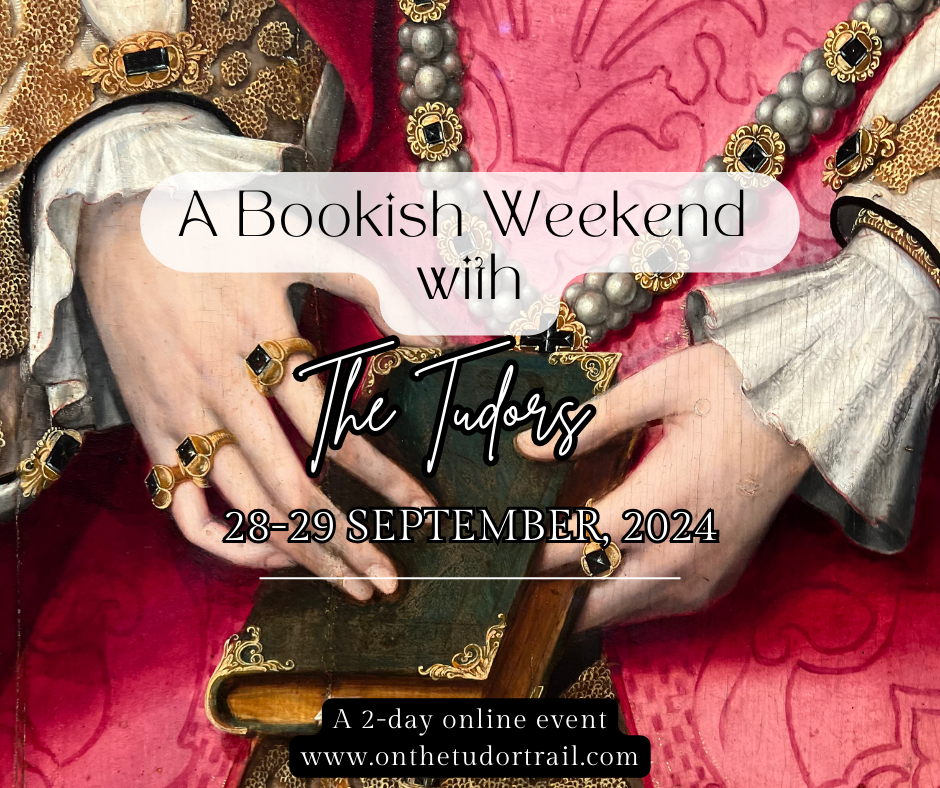
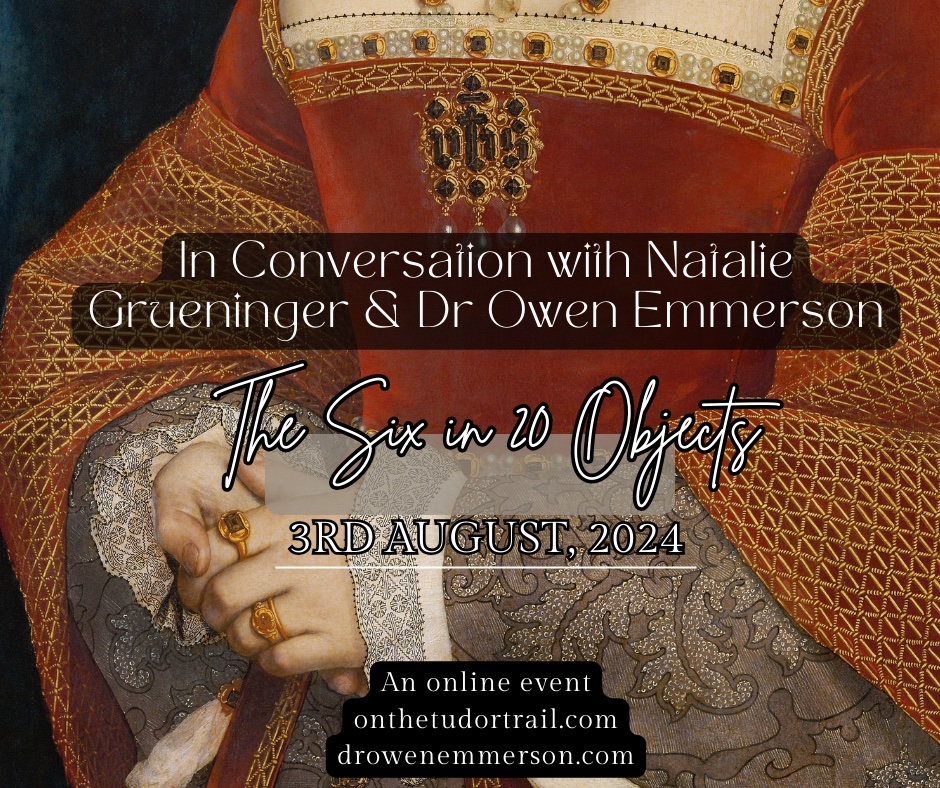
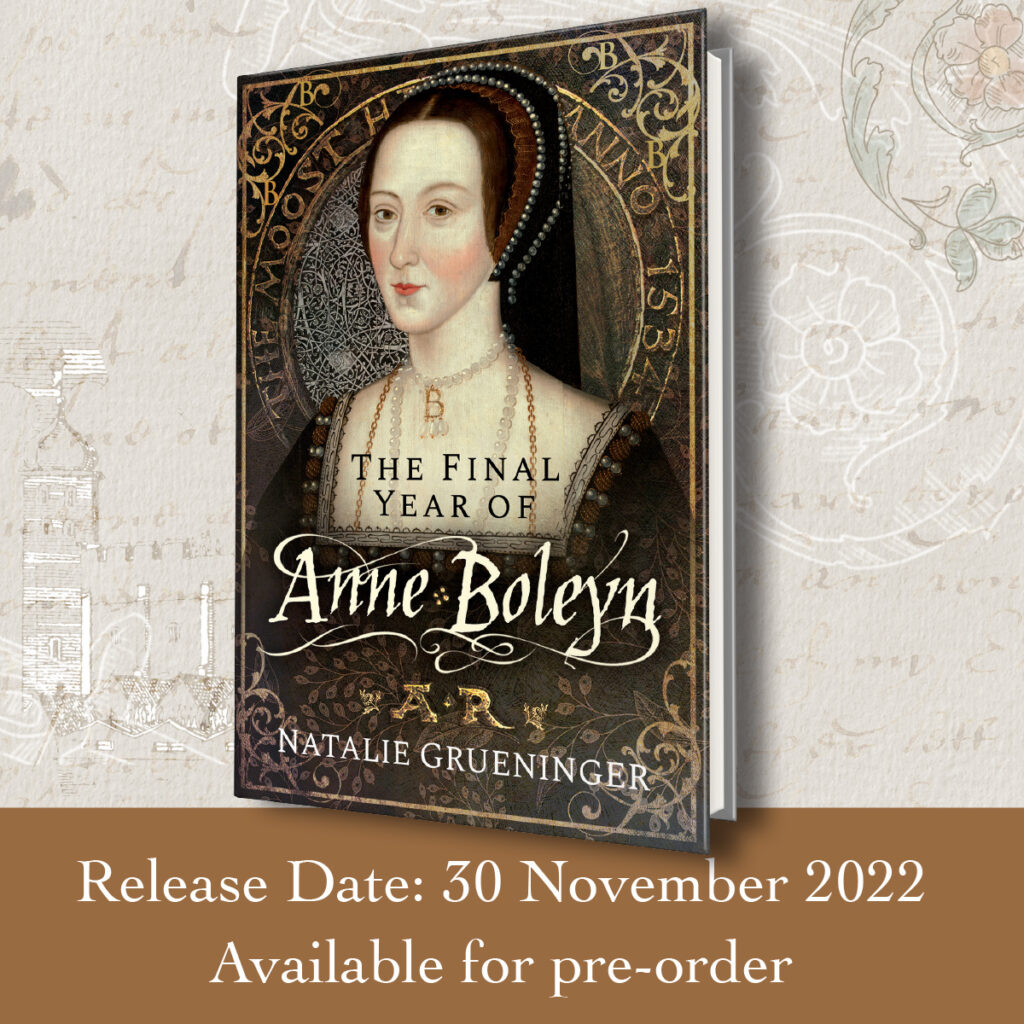
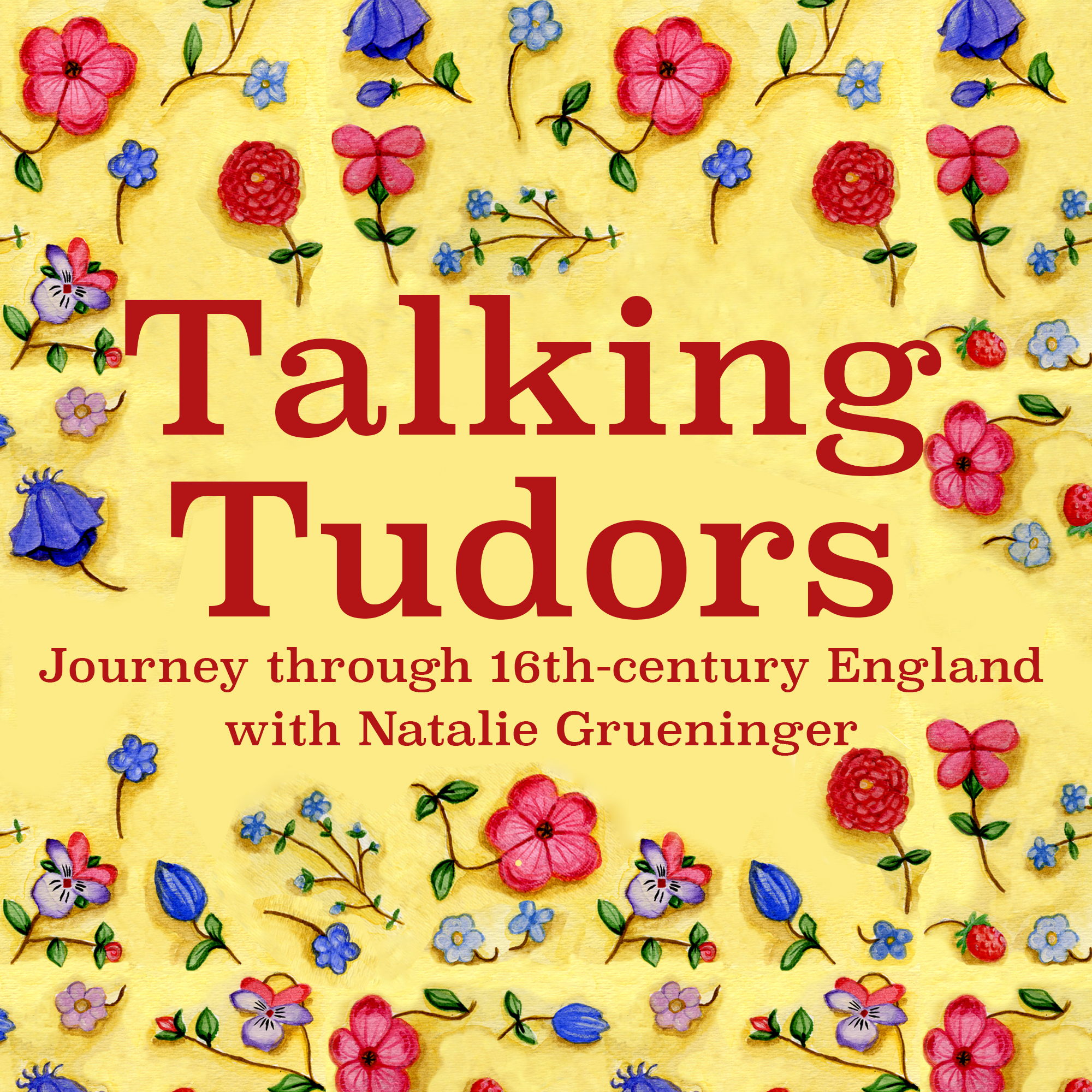

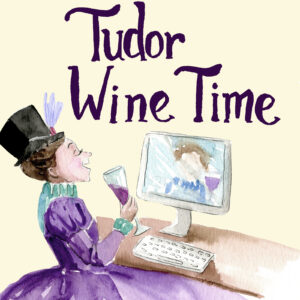
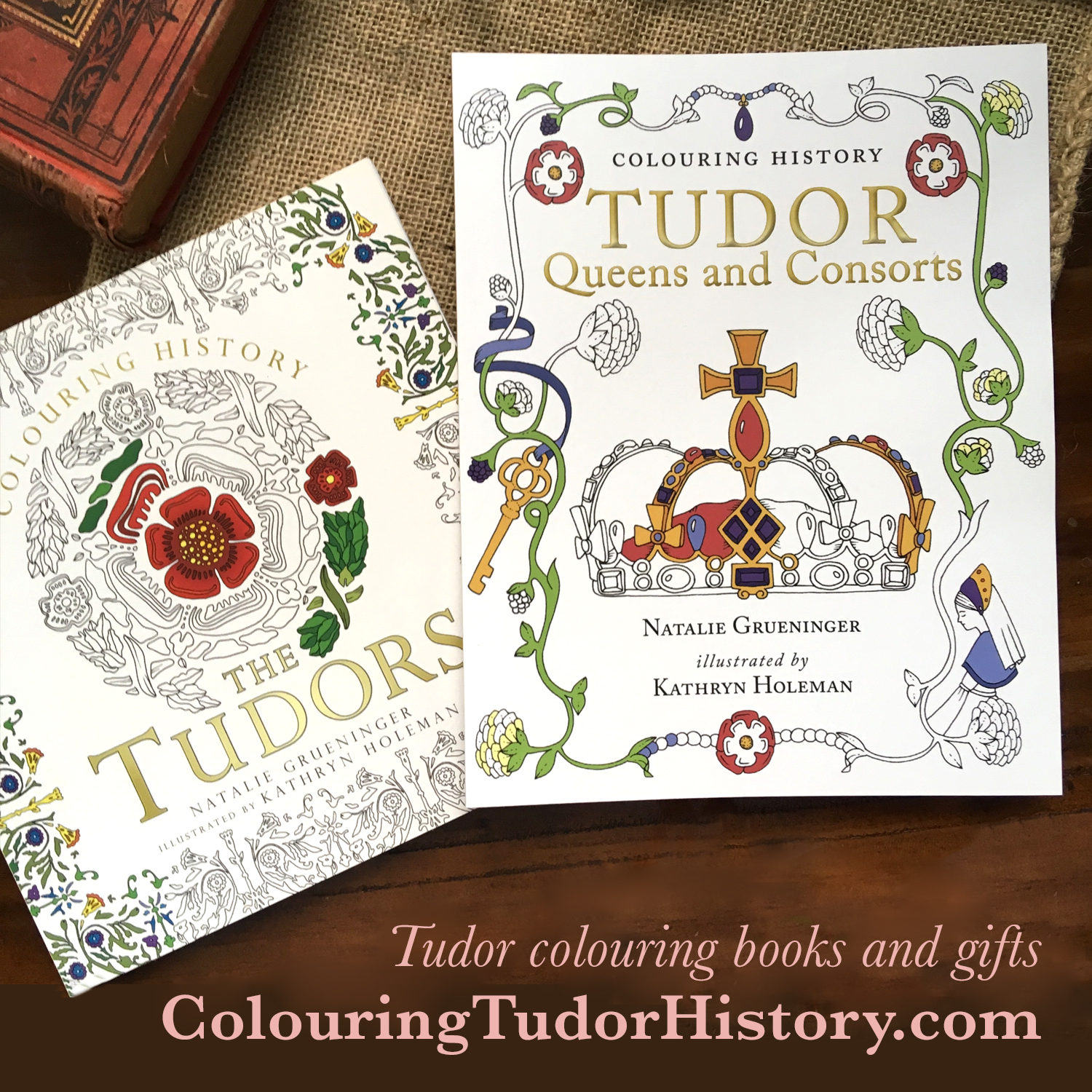

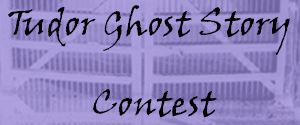

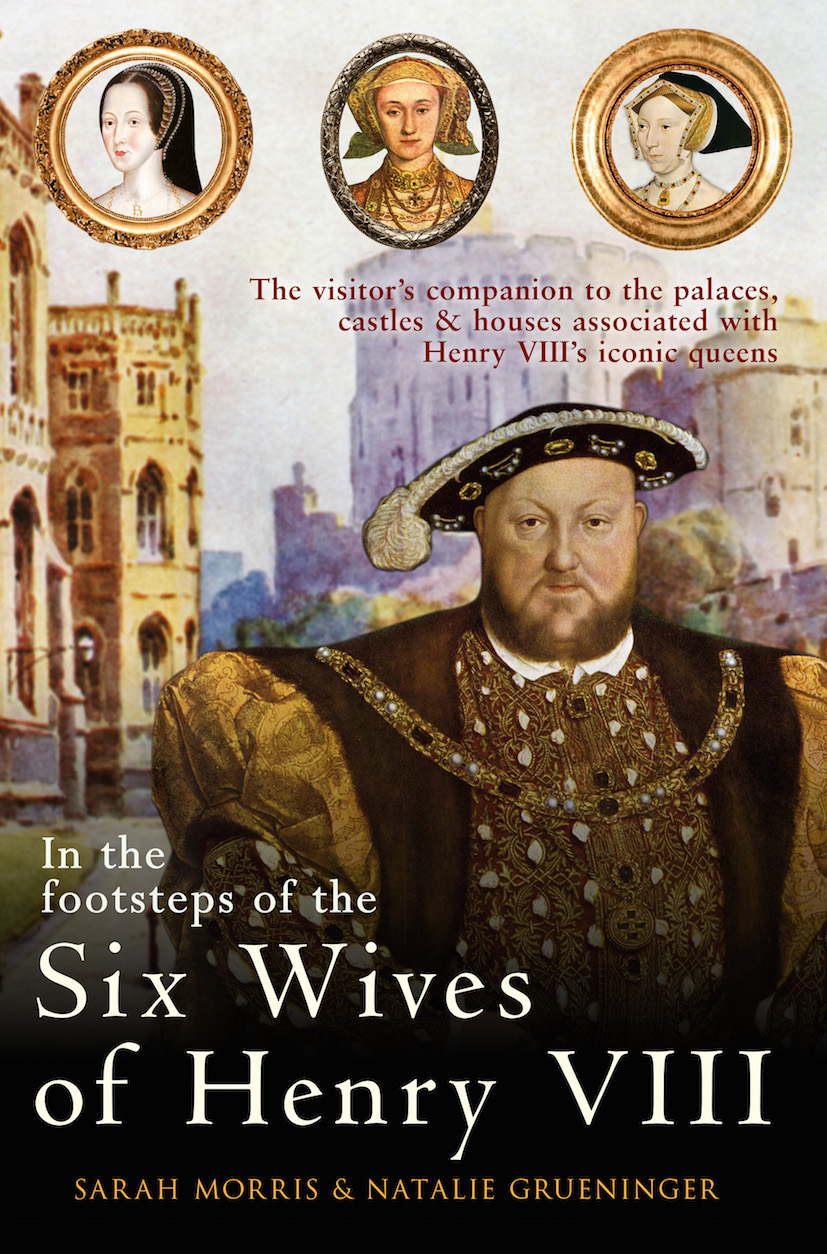
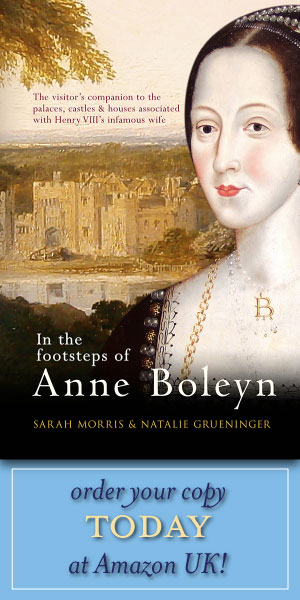
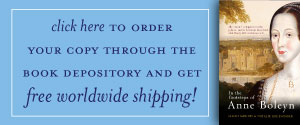
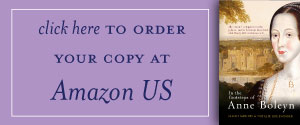
Elizabeth did refer to her mother several times . She asked her Archbishop of Canterbury, Matthew Parker, to find evidence to indicate that her parents had been lawfully married. There is also the story of a conversation with the Venetian ambassador sometime in the mid 1550s, where she told him that she knew her mother would never sleep with her father prior to marriage, obviously indicating that her parents had been married before she was conceived. She also had a statue of Anne at her coronation procession, adopted her mother’s badge and was close to certain Boleyn relatives. That along with her action of wearing the ring does seem to show that she viewed her mother in a sympathetic light
Hi Sue, thank you for your comment. I was definitely aware that she adopted Anne’s badge and surrounded herself with Boleyn relatives but would you mind sharing your sources for the other references to Anne. Thank you!
Sorry Natalie, I just realised you asked me a question about the source. Here it is :
‘She is proud and haughty, as although she knows that she was born of such a mother, she nevertheless does not consider herself of inferior degree to the Queen, whom she equals in self-esteem; nor does she believe herself less legitimate than her Majesty, alleging in her own favour that her mother would never cohabit with the King unless by way of marriage, with the authority of the Church, and the intervention of the Primate of England; so that even if deceived, having as a subject acted with good faith, the fact cannot have invalidated her mother’s marriage, nor her own birth, she having been born under that same faith; and supposing her to be a bastard, she prides herself on her father and glories in him…’
(CSP Venetian, Vol VI: 1555-1558, 884).
This was the Venetian envoy to the court of Queen Mary I and his despatches were edited in the 19thC and compiled in the Calendar State Papers, Venetian. Like his predecessors, he did not think particularly highly of Elizabeth.
See Retha Warnicke’s book on Elizabeth asking Matthew Parker, archbishop of Canterbury to find evidence, namely a papal dispensation, which allowed her parents to marry. He came back to her with documents which seem to have satisfied a private point.
Thank you Sue! Where did you read about the statue of Anne in Elizabeth’s coronation procession?
Wow, what a great post you did, its so interesting…
The ring is really beautiful and I’d like to think that it has the portrait of Anne inside it.
Your blog is beautiful
Thank you for your kind feedback! I most definitely believe that the portrait is of Anne. I don’t think there is any other woman from the reign of Henry VIII that would have been matched with Elizabeth. Looking forward to hearing more of your thoughts in the future!
Hi there, Great piece on the ring.. I was just wondering, the ring is obviously beautiful, but it isn’t as finely made as todays jewellery. I mean like around the edges of the rubies, it isn’t 100% neat. Do you think that it’s because it’s an old ring? Worn with time? Or the craftsmen weren’t as skilled as todays? I hope you understand my point and realise I am in no way slating how beautiful it is. I have just come across your page whilst wondering about the ring. I am going to get stuck into reading the whole site now!
Hi Sam, lovely to have you with us! As for the ring, I don’t know, I think it is difficult to assess without seeing it in person and how I would love for that to happen! I don’t think Elizabeth would have worn anything that wasn’t of very high standard and I imagine that her jewellers would have been among the most skilled in the country. Considering how old the ring is, I think it is exquisite. Hope you enjoy browsing the site! 🙂
Can anyone tell me what finger size the Conquer Ring was or a site that can tell the finger size?? Kind Regards Baroness
Baroness, the article here said it was 175mm across but that’s like 6 inches and no one’s finger is that big, haha.
I think it was a typeo and would love to know the true size of the ring as well. I know people were very tiny back then so I have a feeling the ring would be the size of a modern woman’s petite sized pinky finger, no doubt.
Sarra, thank you so much for alerting me to this. The truth is that when I wrote the article I used Eric Ives wonderful biography on Anne as one of the sources and in it on page 42 he states, ‘the portrait is minute – the ring itself is only 175 millimetres across…’. Silly me didn’t realise that this is not minute! So I think that it must have been a typo and that it was almost certainly supposed to read 17.5 mm across, which is small. My apologies for the confusion! Natalie
This beautiful locket ring is currently on display at the National Portrait Gallery, London. It is part of the exhibition The Real Tudors that is on until March 2015. It was a moving experience to see it and think of how the link between mother and daughter was maintained.
Surely this ring should be on PERMANENT public display? I have just written to my local MP about this. May I suggest that anyone who agrees with me does the same? If you are in the UK, it is very simple to write to your MP, via the “write to them dot com” site. You just put in your postcode and fill in the form. Your MP should then make the relevant enquiries. It’s easy, and could assist in freeing up this treasure for the people who SHOULD “own” it – i.e. all of us.
The text of my letter is as follows:
When Queen Elizabeth I died in 1603, a locket ring was found on her finger. Inside was discovered a miniature portrait of her mother, Anne Boleyn.
After a curious history, this ring is kept as the property of Chequers and has only been publicly exhibited once or twice in history. It is therefore in the private custody of the Prime Minister of the day, viewable only by him/her and guests to Chequers.
I feel very strongly that this piece is a wonderful national treasure, and should be on permanent public display, somewhere appropriate such as Hampton Court, the British Museum, the Tower of London, or perhaps the V+A. I would be very grateful if you could ask the appropriate person (maybe the PM’s office, or whoever is in charge of Chequers), the following:
1. Why is this ring not on permanent public display in an appropriate location?
2. Has Chequers, or the Prime Minister’s office, ever been lobbied to donate the ring for permanent public exhibition? If so, was this by an individual or an organization? If it was an organization, could you please inform me of the name of the organization.
Yours sincerely,
Read more: http://www.elizabethfiles.com/q-a/what-museum-or-place-has-elizabeths-locket-ring/comment-page-1/#comments#ixzz3ObNuJtBM
Wonderful Bernie! Do let me know whether you get a response.
That ring is beautiful! And it’s very touching to know that Elizabeth kept her mother close by her!
I think they should have kept the ring with Elizabeth in her final resting place. Even as beautiful as it is, Elizabeth deserves to have this piece kept with her since she could not have Anne with her. It’s my opinion, but I find it sad to say that someone pulled the ring from her. It’s truly beautiful and I hope to one day own a copy of it. Love your site!
Hi, I never leave comments….. First time. I love the ring and the idea that it was Elizabeth’s and the fact that she has imotaliised Anne within the ring. In saying this, I also think people can speculate but the truth is
unknown and exciting. X
The ring is fabulous -nothing else could give us that sense of emotion from Elizabeth.One thing about Anne that puzzles me a bit is why so many people seem to find her fascinating. While of course the charges against her were fabricated and she certainly did not deserve what happened to her, from what I’ve read over the years she seems not to have been a likeable person: manipulative and ruthless. She had endless self-confidence and was betrayed by biology; Henry’s revenge should not have been a huge surprise.